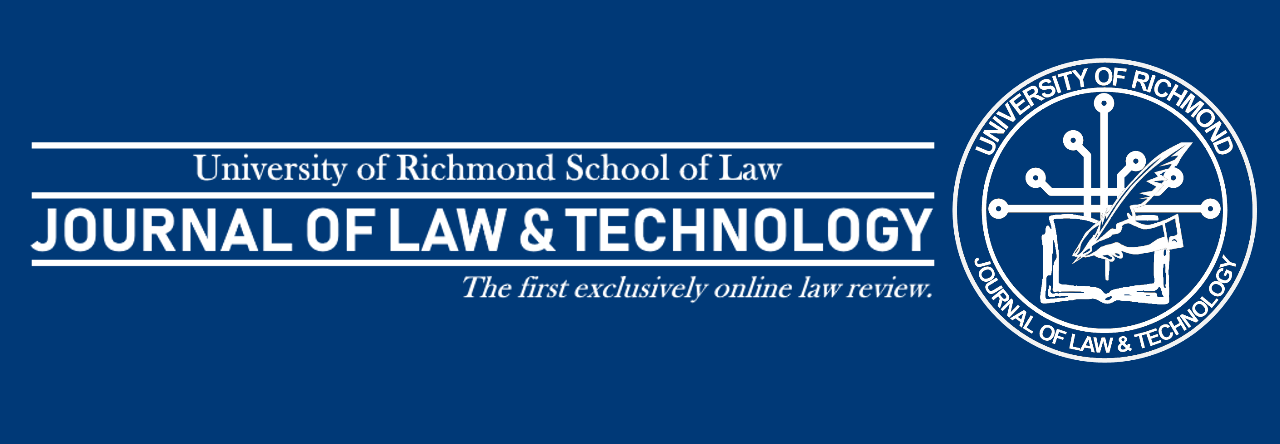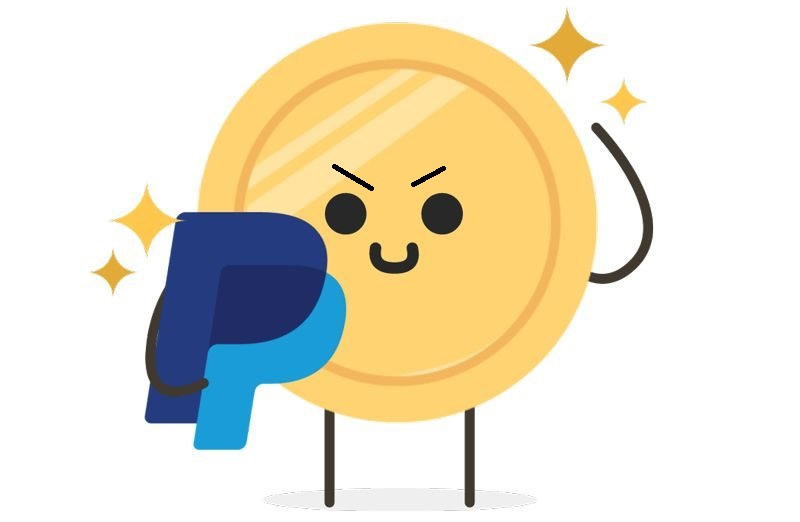Who is Responsible in an Accident Involving a Car With Autonomous Driving Features?
By: Bo Li

Advanced driver assistance systems (“ADAS”) are technological features designed to improve vehicle driving safety.[1] These systems improve safety and reaction time to potential hazards through warning and automated systems.[2] With 42,514 people dying in motor vehicle crashes in 2022, many of which were related to human error, ADAS can not only help keep drivers and passengers safe, but also protect other drivers and pedestrians.[3] Tesla’s Autopilot is an ADAS that improves the safety and convenience of driving, and when used properly, can reduce the overall workload of the driver.[4] In 2021, many other manufacturers also offered ADAS, with at least 97 models featuring adaptive cruise control with lane-centering steering.[5]












